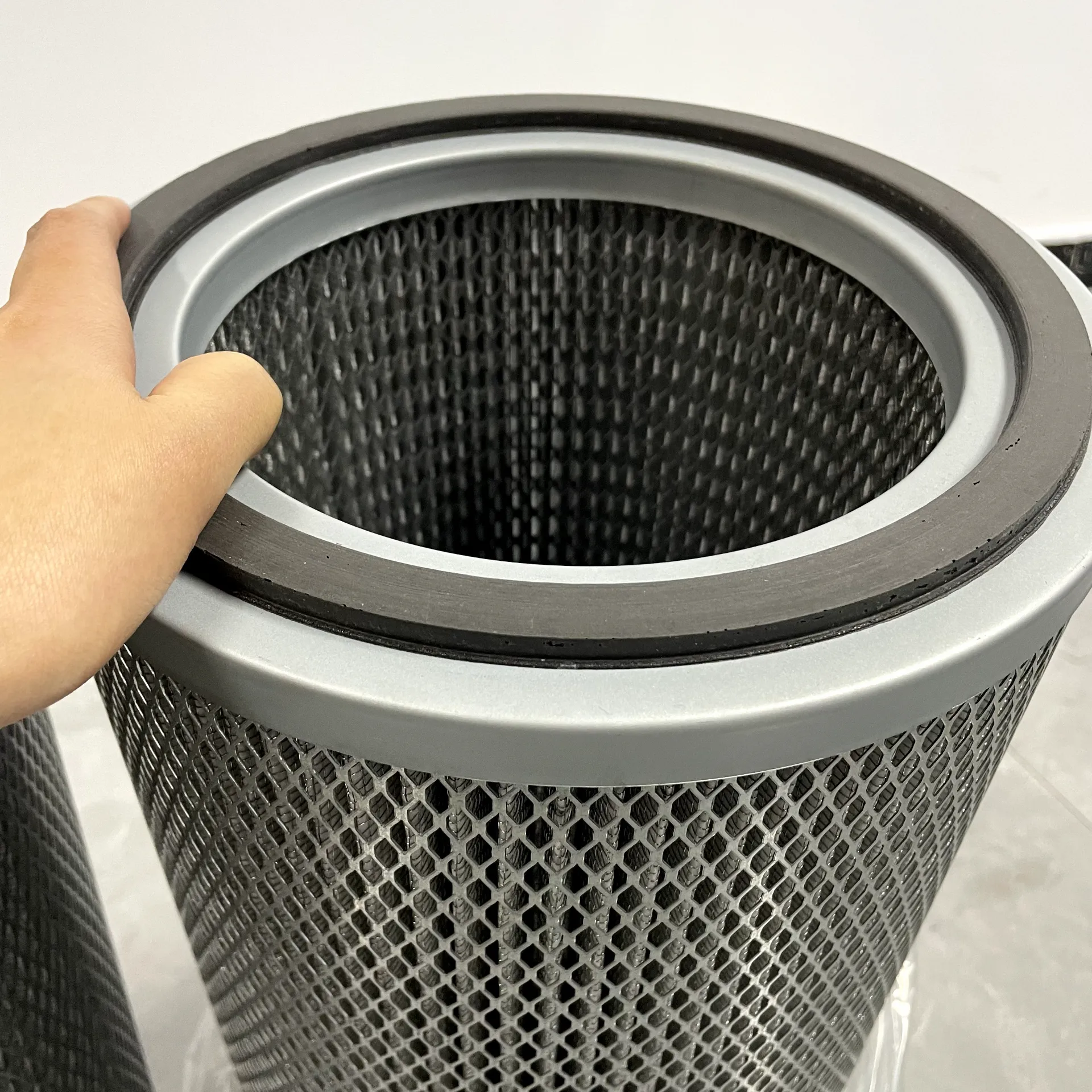 Tel:
+8615930870079
Tel:
+8615930870079
wrz . 19, 2024 04:27 Back to list
gas turbine inlet filter
Gas Turbine Inlet Filters Essential Components for Optimal Performance
Gas turbines are critical components in power generation, aviation, and various industrial applications. Their efficiency and reliability are directly influenced by several factors, among which the quality of the air entering the turbine is paramount. This is where gas turbine inlet filters come into play. These filters are designed to protect the turbine from contaminants and particulates in the air, ensuring optimal performance and longevity.
The primary function of gas turbine inlet filters is to remove dust, dirt, moisture, and other particulates from the air before it enters the turbine. Contaminants can cause erosion, corrosion, and fouling of the turbine blades, leading to reduced efficiency and potential failure. The filters are typically installed at the inlet of the turbine and must be capable of capturing a wide range of particle sizes, including fine particulate matter that can cause significant damage over time.
There are various types of filters used in gas turbine applications, including mechanical filters, electrostatic filters, and high-efficiency particulate air (HEPA) filters. Mechanical filters work by trapping particles as air flows through them, utilizing different layers of media to increase the overall filtration efficiency. Electrostatic filters, on the other hand, use electrically charged components to attract and capture particles, often providing higher efficiency in a more compact design. HEPA filters are known for their ability to capture 99.97% of particles that are 0.3 microns or larger, making them ideal for environments where air quality is critical.
gas turbine inlet filter

The selection of appropriate inlet filters is influenced by various factors, including the specific application, environmental conditions, and the type of gas turbine in use. For example, turbines operating in arid or desert-like conditions may require more advanced filtration systems to handle the high levels of dust and sand. Similarly, industries situated near coastlines might need filters that can deal with saltwater intrusion and humidity.
Maintaining the integrity of these filters is crucial for ensuring the efficient operation of gas turbines. Regular inspections and maintenance, including timely replacement of filter elements, help in sustaining the filtration efficiency. Modern turbine systems often feature monitoring technologies that can alert operators to the condition of the filters, allowing for proactive maintenance and reducing the risk of unplanned downtime.
Moreover, advancements in filter technology, including the use of nanofiltration and advanced materials, are continuously improving the performance and efficiency of gas turbine inlet filters. These innovations not only enhance the protection offered by the filters but also contribute to overall operational efficiency, helping organizations reduce maintenance costs and improve energy output.
In conclusion, gas turbine inlet filters are vital components that play a crucial role in maintaining the performance and reliability of gas turbines. The right choice of inlet filtration technology, coupled with diligent maintenance practices, ensures that gas turbines operate efficiently, ultimately leading to a more sustainable and reliable energy future. As technology continues to advance, we can expect even more efficient filtration solutions that will enhance gas turbine operations across various sectors.
-
Types and Applications of Air Filtration CartridgesNewsJul.28,2025
-
The Role of Gas Turbine FiltersNewsJul.28,2025
-
Mastering Air Filter Cartridge UseNewsJul.28,2025
-
Advanced Turbine Filters for Modern Gas TurbinesNewsJul.28,2025
-
Cellulose Air Filter Cartridge Advantages in Dust FiltrationNewsJul.28,2025
-
Cellulose Filters for Air Particle ReductionNewsJul.28,2025

 Email:
Email:





